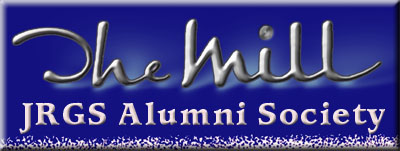|
Since August 2003, when Nick Goy
(JRGS 1963-70)
and Paul Graham (JRGS 1959-66) first met with archivist
Chris
Bennett, several Alumni have made a pilgrimage to the Local Studies
Library and the Croydon Archives housed in the Town Hall on Katherine Street. The Archives contain a huge collection of historical documents
from the Croydon schools - of which the collection for John Ruskin, under all
its guises, is one of the more extensive.
In August 2007, Martin Preuveneers (JRGS
1958-65) visited the Archives to look for images from his time at the
school, two of
which are reproduced here. Can The Alumni help out with more names?
Click on each thumbnail to view a larger version.
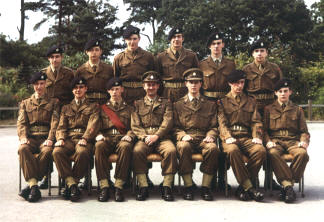 |
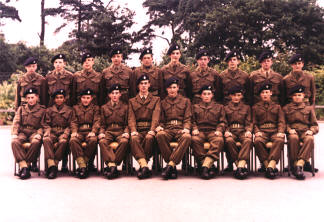 |
|
JRGS Army Cadet Force -
Officers and
newly promoted NCOs from September 1964
Top row (left-to-right):
Ken Short; Cpl. Russell Ead; Cpl. Ian Macdonald;
Cpl. Graham Priest; Cpl. Martin Preuveneers;
UNKNOWN.
Bottom row (left-to-right): Bottom row (left-to-right):
Cpl. M. Dennis Wrigglesworth; Sgt. George Strelczuk;
Company Sgt. Major (CSM) John Whittington; Captain
Kenneth Maggs; Lieutenant John Ratcliffe; Cpl.
Colin Rickard; Cpl. Richard Peachey. |
JRGS Army Cadet Force - New intake
of recruits
(mainly third formers) in September 1964
Top row (left-to-right): UNKNOWN;
UNKNOWN; Cadet Nick Williams; UNKNOWN; UNKNOWN; Cadet Ian
Loosely; Cadet Alex Harvey;
UNKNOWN; UNKNOWN;
UNKNOWN.
Bottom row (left-to-right):
Cadet Phil
Townson; Cadet Alywn Pawlse; Cadet John Simmonds-Fishenden; Cadet
Richard Peachey;
Cpl. Martin Preuveneers; Cpl. Ian Macdonald; Cadet
Pragnell; UNKNOWN; UNKNOWN;
Cadet Chris Terry. |
|
John Whittington (JRGS 1963-65) adds:
In the left-hand image, I recognise myself - Company Sgt. Major (CSM) Whittington -
with the red sash to the right of Capt. Ken Maggs. The picture was taken
at the start of the 1964/65 academic year, as in my first year at Ruskin
I was a Platoon Sgt.
Most of the faces and names in the left-hand image are familiar to me;
the right-hand image, I recognise many faces, but the names - maybe the little grey cells
will recover some in the light of this reminder of those days nearly 43
years ago!
Doug Ford (JRGS 1966-72) adds:
I was in the Army Cadet Force (ACF) Signals Section; lots of gadgets to
mess around with, plus the chance to go on exercises with the
Territorial Army. (I'm mentioned on the
last page of the 1972 Speech Day program, winning the ACF Clark
Proficiency Trophy.

Regarding the ACF unit's
structure, John Ruskin Company was a part of the Queens Regiment,
formerly the Queen’s Royal Surrey’s. The CO was Ken Maggs with John
Ratcliffe as the 2IC. Below them a Warrant Officer or Company Sergeant
Major. There were two or three platoons, each under the control of a
sergeant.
Other schools in the area were affiliated to other army regiments;
Fairchild's school in New Adddington was Parachute Regiment, and
Selhurst was (I think) Royal Yeomanry.
Going up the food chain, South East London was known as 14 Group
and Ruskin was 143 detachment, (I think Fairchild's was 145.)
Within the Ruskin Company there was a signals section which,
naturally, I gravitated to and had a lot of fun with. Mike Buckley,
a former Royal Corps of Signals officer (and the CO at Fairchild's) ran
that operation of behalf of the group and had a treasure trove of gear,
originally at the TA [Territorial Army]
building in East Croydon and later at Mitcham Road barracks. He used to
rent us out to provide comms for the local RCT TA group and that’s how I
came to sport a "Harry Potter" scar when I bounced out the back of a
Land Rover on Salisbury Plain. I probably only weighted about 120 pounds
at the time!
As well as the usual Easter and Summer camps we used to go on
special courses; I went to one at the School of Signals in Catterick and
later at Blandford. One of those things I’ve always meant to do was
visit the Royal Signals museum down there. We ran a national short wave
network and there was scandal one year when two schools realized they
were sitting O-Level exams from the same board on different days. I
believe the questions from the papers were relayed over the airwaves. Oh
the UK forces had a frequency allocation in Band 1(?) TV so it was very
easy to tune up a VHF set and blot out the neighborhood TVs.)
Grant Harrison
(JRGS 1959-66) adds:
I believe there were three platoons in "J" Company, each commanded by a
sergeant, at least in 1962 when I joined together with Roger Hall,
Russell Ead, Jeff Farmer and Martin Preuveneers. There may have been two
companies by 1966 when Roger and I left; we were probably the last of
the original 3M intake left. We kept trying to leave but every time we
went to Ken Maggs to resign he promoted us! And we fell for it too!

I can't remember how many corporals there were but certainly more
than one for each platoon, plus numerous lance corporals.
I remember we had this regular sergeant, Bert Miles, come to
train us now and then. He was quite terrifying. He'd served in Cyprus
fighting the EOKA and would tell us tales like when the troops went to
the cinema, the chap sitting on the end would watch the film with a
rifle pointed at the door in case someone appeared with the intent of
throwing in a hand grenade!
In the right-hand picture, is that Ian Macdonald to
the right of Martin Preuveneers?
Michael Howard (JRGS 1963-70) adds:
The "Ruskin 100" were so called because they numbered 100 - a company
strength. The Company was commanded by Capt Maggs - "'Ken" - and Lt.
Ratcliffe - "Johnny" as he was known - was 2IC. All other ranks were
cadets, including the CSM.
The company was organised into three platoons - dropping to two
from about 1968 when numbers coming forward dropped. Each platoon was
commanded by a sergeant and had three sections each commanded by a
corporal with a lance corporal as 2IC. In addition, there was often a
corporal or sergeant acting as signals-section commander, and again
another NCO as armourer. Lastly, there was sometimes a Colour Sergeant,
who acted as supernumerary. Lastly lastly - honest this time! - there
was sometimes an Under Officer; the last I recall was Under-Officer
Benn, who had been CSM and did an extra year at school for some
reason.
In my time we were successively:
J Coy 1 (C) Bn The Queen's Royal Surrey
Regiment
J Coy 1 (C) Bn The Queen's Regiment
143 Det 14 Group SW London ACF - of
course, we still called ourselves "J Coy."
Michael Howard (JRGS 1963-70) adds:
If memory serves me right, there was one ACF company that split into two or three platoons with a sergeant in command of each. The platoon, in
turn, was were split again into sections with a corporal in charge of
each section.
Overall of the platoons was a staff sergeant. In the one case of
Alex Harvey, he was promoted to under-officer, but I am not sure if
he had left Ruskin by then and joined the Sydenham Road platoon.
Roger Hall (JRGS 1959-65) adds:
Regretfully I don't remember any more names, nor can I add any more to
the organisation details, other than each platoon was divided into three
sections, with each section having a corporal and a 2IC of a lance
corporal.
A Memory - It was my first summer cadet camp at
Okehampton in what I guess was an old Second World War camp comprising
of a lot of Nissan huts. The electrics failed in our hut. Capt. Maggs
and another officer were peering at the fuse box. As you will see from
the photo, Ken had lost his right arm - he was injured by a shell in
WWII, being in the units that were desperately trying to reach the paras
trapped at Arnhem.
"Put your hook in it and see if you get a spark," suggested the
other officer.
I don't recall that Ken took him up on his suggestion!
The cadets were great fun, ever so similar to the Dads Army
TV series.
Our thanks also to Derek Benson (JRGS
1962-67), John Bridgen (JRGS 1959-64), Geoffrey van Beek/Downer
(JRGS 1962-69), Keith Looseley (JRGS 1958-65), Paul
Johnson (JRGS 1966-73), Graham Dewey (JRGS 1962-67), John
Cobley (JRGS 1958-65), Martin Beckett (JRGS 1961-68) and
Norman Day (JRGS 1969-66) for help in identifying former school
friends in these two images. |
Martin
also unearthed two important documents: Report by H. M. Inspectors for 1949 and Report by
H. M. Inspectors for 1963, both of which
are reproduced here. Click on a thumbnail to view each page.
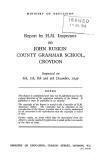 |
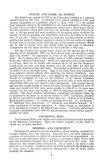 |
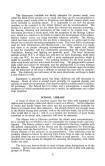 |
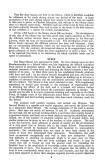 |
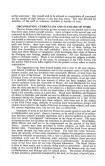 |
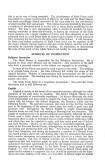 |
|
1949 - Page 01 |
Page 02 |
Page 03 |
Page 04 |
Page 05 |
Page 06 |
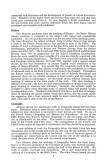 |
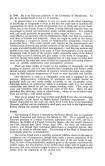 |
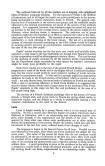 |
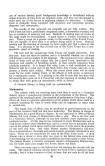 |
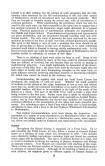 |
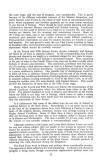 |
|
Page 07 |
Page 08 |
Page 09 |
Page 10 |
Page 11 |
Page 12 |
|
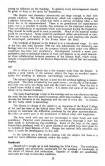
|
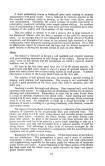 |
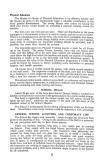 |
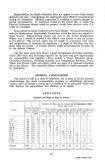 |
|
|
|
Page 13 |
Page 14 |
Page 15 |
Page 16 |
|
|
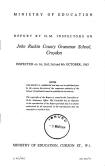 |
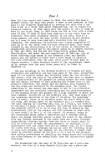 |
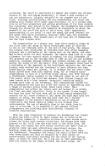 |
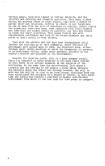 |
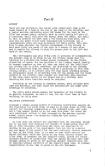 |
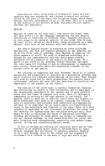 |
|
1963 - Page 01 |
Page 02 |
Page 03 |
Page 04 |
Page 05 |
Page 06 |
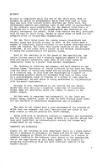 |
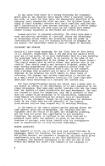 |
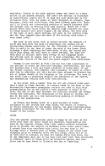 |
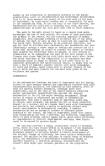 |
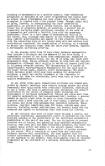 |
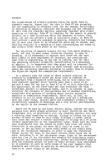 |
|
Page 07 |
Page 08 |
Page 09 |
Page 10 |
Page 11 |
Page 12 |
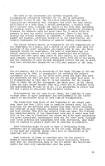 |
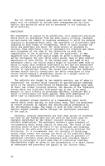 |
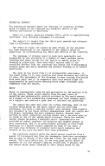 |
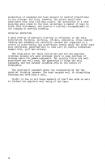 |
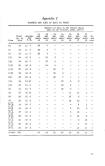 |
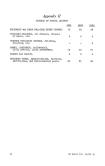 |
|
Page 13 |
Page 14 |
Page 15 |
Page 16 |
Page 17 |
Page 18 |
We have also included here multi-page PDF
files:
1949 Report |
1963 Report [Warning: these are 3MB in size.]
|
Paul Graham (JRGS 1959-66) adds:
The 1963 Report was made while I was in the Lower-Sixth. It is
interesting that the Inspectors had criticisms (page
3) of the way in which pushing a U/University form into the Sixth a
year early unbalanced the rest of the year group, which suffered as a
result - something I always felt myself - and I am sure some staff did.
The Inspectors also saw that the buildings, though only eight years
old at the time, were beginning to wear because of economies in 1955 (page
2) - no wonder that by 1990 it was due for demolition.
I am pleased that Alan Murray's department's teaching is described
as "scholarly and humane" (page
7) and Ronald Pearce is described on
page 10 as leading his Maths department "with a cheerful, but
effective, competence". I assume that it is Mr. Pearce referred to on
page 9 with regard to the lessons in Russian - I had forgotten that
- though I do remember Mr. Murphy going on a course to teach Russian at
about this stage.
I was surprised to read on
page 13 that the Art room had poor lighting - I don't recall that -
I wonder what others think?
The careers breakdown on
page 18 was useful.
|
Finally,
Martin examined the
School Log Book which, in essence, serves as a diary for the school and
contains entries for all the main events in its history. As has been
mentioned, Council rules normally dictate that a School Log remains
closed for 50 years from the date of the last entry. However, special
permission has been sought to view and reproduce entries from the Log
Book - provided that 50 years has elapsed from the date of those
entries. This dispensation allowed Martin to view, and share with us,
entries from 1955 and 1956, the period during which the school moved from the
Tamworth Road site to its new location on Upper Shirley Road. Inserted
within the pages of the Log Book, Martin also found a copy of the Fire
Drill Instructions. Click on each thumbnail to view each page.
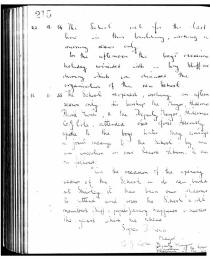 |
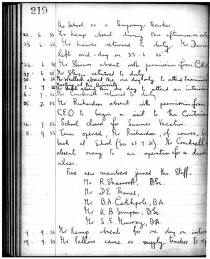 |
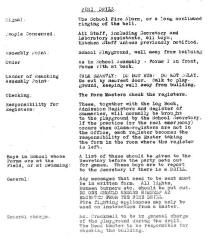 |
|
Page 215 - move to Shirley building |
Page 219 - new teachers for 1955 |
Opposite p225 - Fire Drill Instructions |
Viewing the Croydon Archives
The Archives can be viewed by anybody who has an interest in
the school. However, since all documents have to be retrieved from storage,
please give at least one week's notice of any intended visit. Contact
archivist Chris Bennett via
email.
To help people decide what they might like
to look at, Chris has created a more
detailed list in PDF format of
exactly what is available. If you are planning a personal visits to view
the material, this document also provides full details of how to
contact Chris, as well as Archive opening hours.
|
